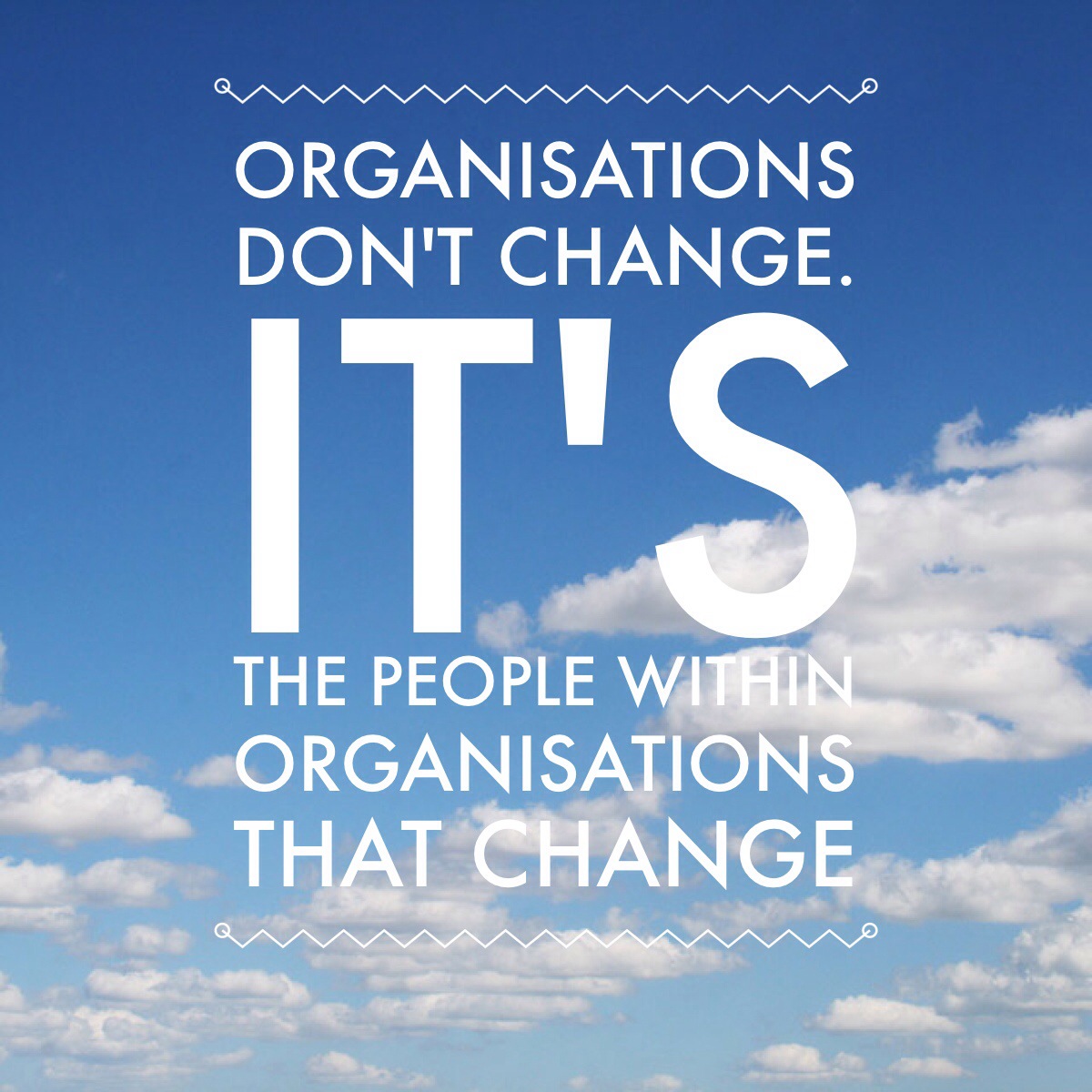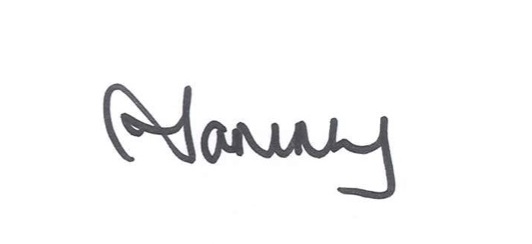
Often one of the most frustrating aspects of change is the resistance to change. “I just don’t understand why they don’t ‘get it’” is a common frustration from many organisations trying to introduce something new.
Those organisations often blame the people within the organisation for not changing, rather than looking at the change strategy that sits around the change first.
Discover how to overcome resistance to change in organisations as they try to reach their goals.
Mistake 1 – not having a change strategy
I have often referenced Switch, written by the Heath brothers, who do a marvellous job in simplifying this thing we call change.
They advocate a three-pronged approach before introducing any change process:
- Appeal to the emotional
- Appeal to the rational
- Clear the road of any blocks
I noticed a beautifully simple example of the third prong whilst holidaying away overseas. We (unusually) stayed at the same hotel as we had last year. Last year, the new hotel had signs pleading with guests not to hang their towels and wet clothes over the glass balconies. Of course, everyone ignored these signs, much to the frustration of hotel management. Resistance to change at its best!
Fast-forward a year, not a towel or pair of wet bathers to be seen. Why? Same clientele, the same need to dry wet clothes.
One year on, a bright spark thought to put smart wooden clothes airer/dryer on each balcony.
Clear the path of obstacles and you pave the way for people to make the change you want and get rid of the resistance to the change.
If you don’t have a strategy to introducing the change, you can absolutely expect people to resist the change.
Mistake #2 – thinking that resistance to change is a bad thing
So often we think that resistance (indeed conflict of any kind) is a bad thing, when often, this resistance to change is actually giving us useful information about our approach to the change.
Often, if we listen, there are aspects that we may not have communicated effectively, or implications of the change that we may not have thought through. Being open to the resistance to change gives us the opportunity to see and hear what the change looks like through a fresh set of eyes. Being open to what the resistors have to say can save expensive mistakes and give us a better chance of having the change implemented effectively.
Mistake # 3 – not thinking about who the influencers are and the power they have
Too often, we can disregard what those who resistant change say, marking them as trouble makers. But, as I wrote about here in the article on untapped power networks, if we know who has both the functional and the power influence within the organization, we know the degree to which those who are resistant to change have the power to truly disrupt the change through their sphere of influence. It is foolish to disregard the resistors as mischief makers or trouble makers if they have a high degree of power and influence. The other side to this coin is that if you are able to convince those that are resistors to change who also have power and influence, there is a magnified benefit to you and the change process.
Remember, if you want to introduce change within an organization, you need to get people to change. And the best way to do that is to have a well thought out strategy. That strategy should anticipate and embrace those that are resistant to change, as they give you an insight you may not otherwise have, and a potential opportunity through the power that can magnify your change effort.
Have there been times when someone resistant to change has actually turned out to be a benefit to the change process? How did this play itself out?
Until next week, thanks for reading

Ps – did you read last weeks’ blog on how to successfully introduce an organisational restructure?

